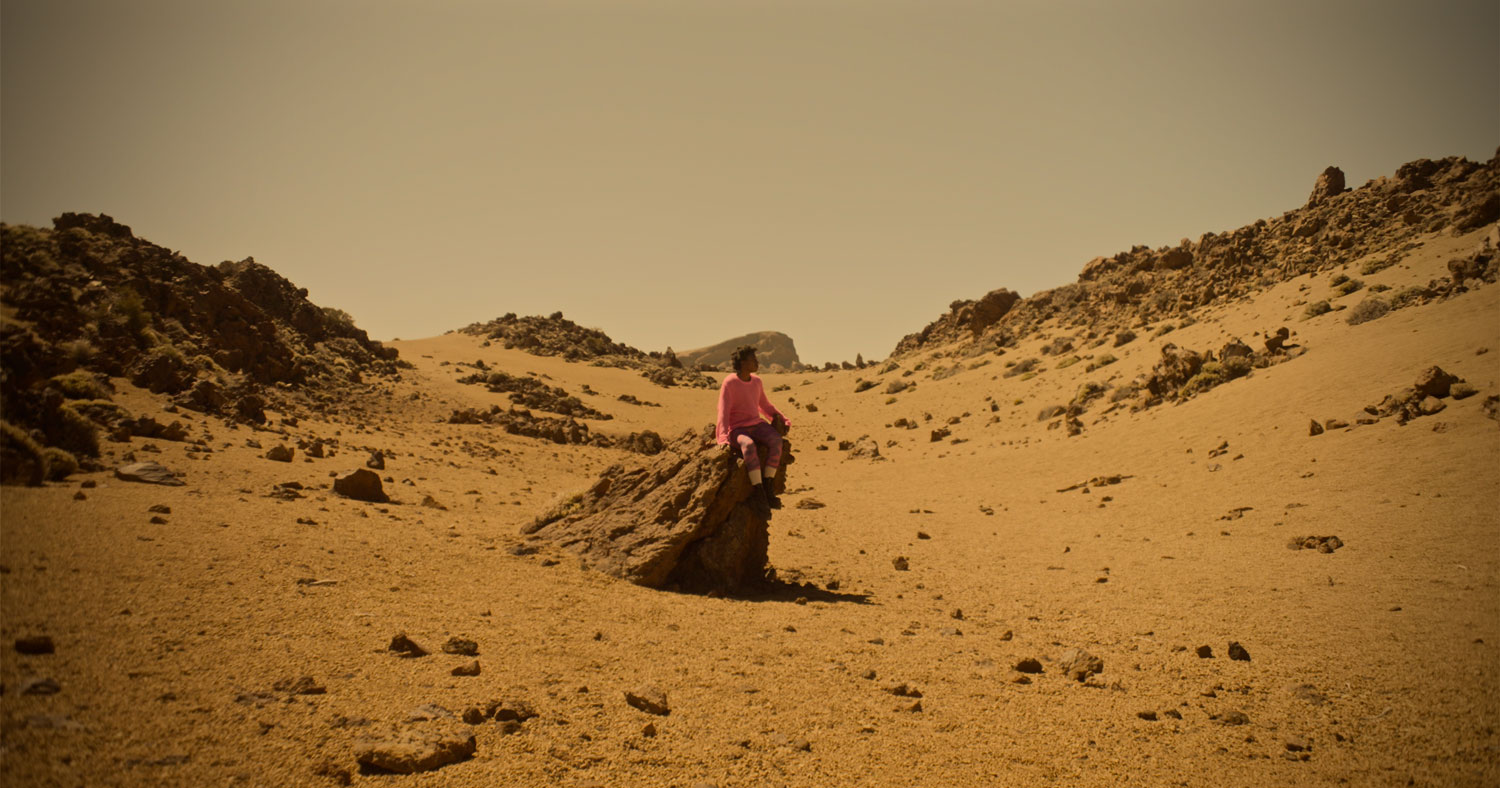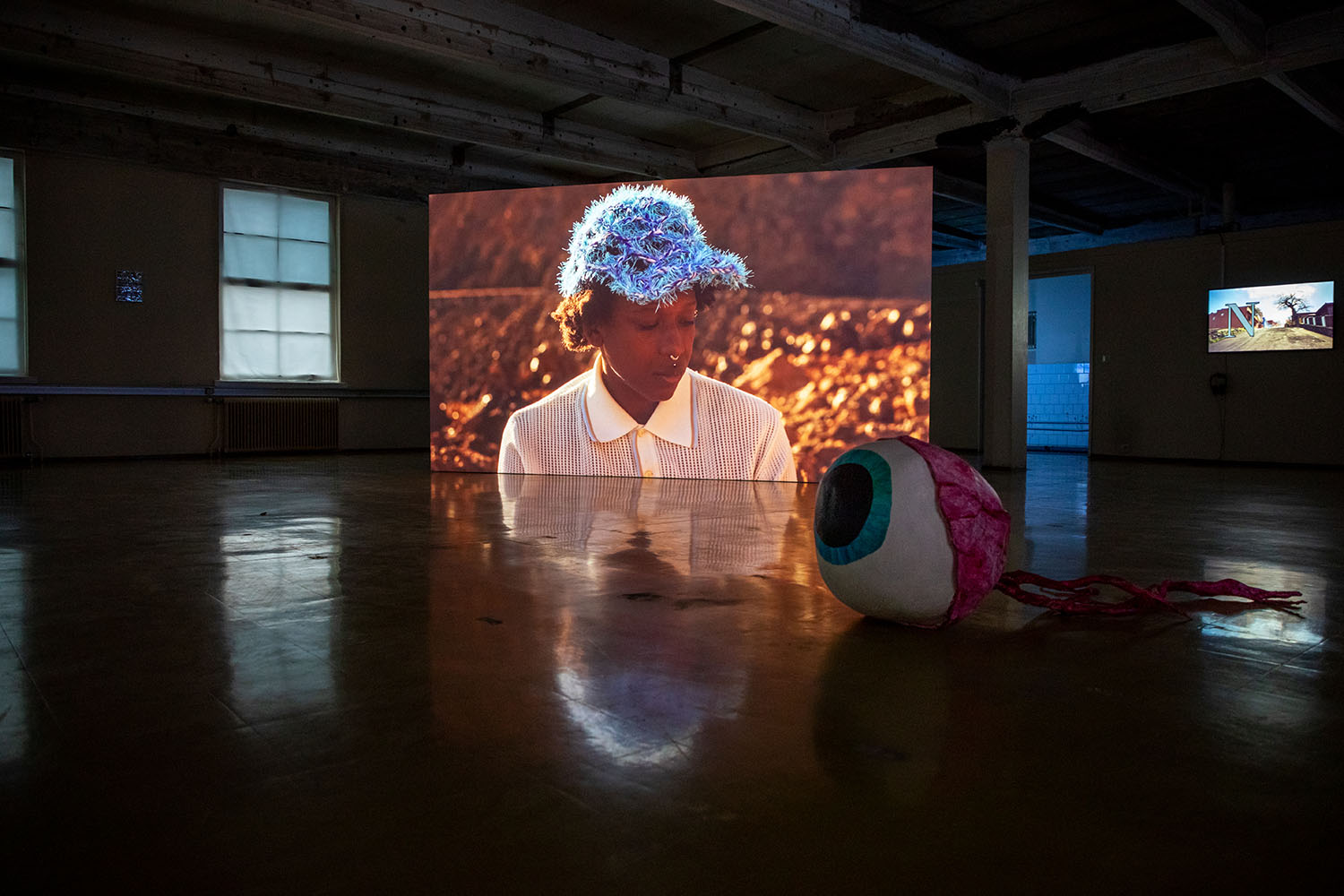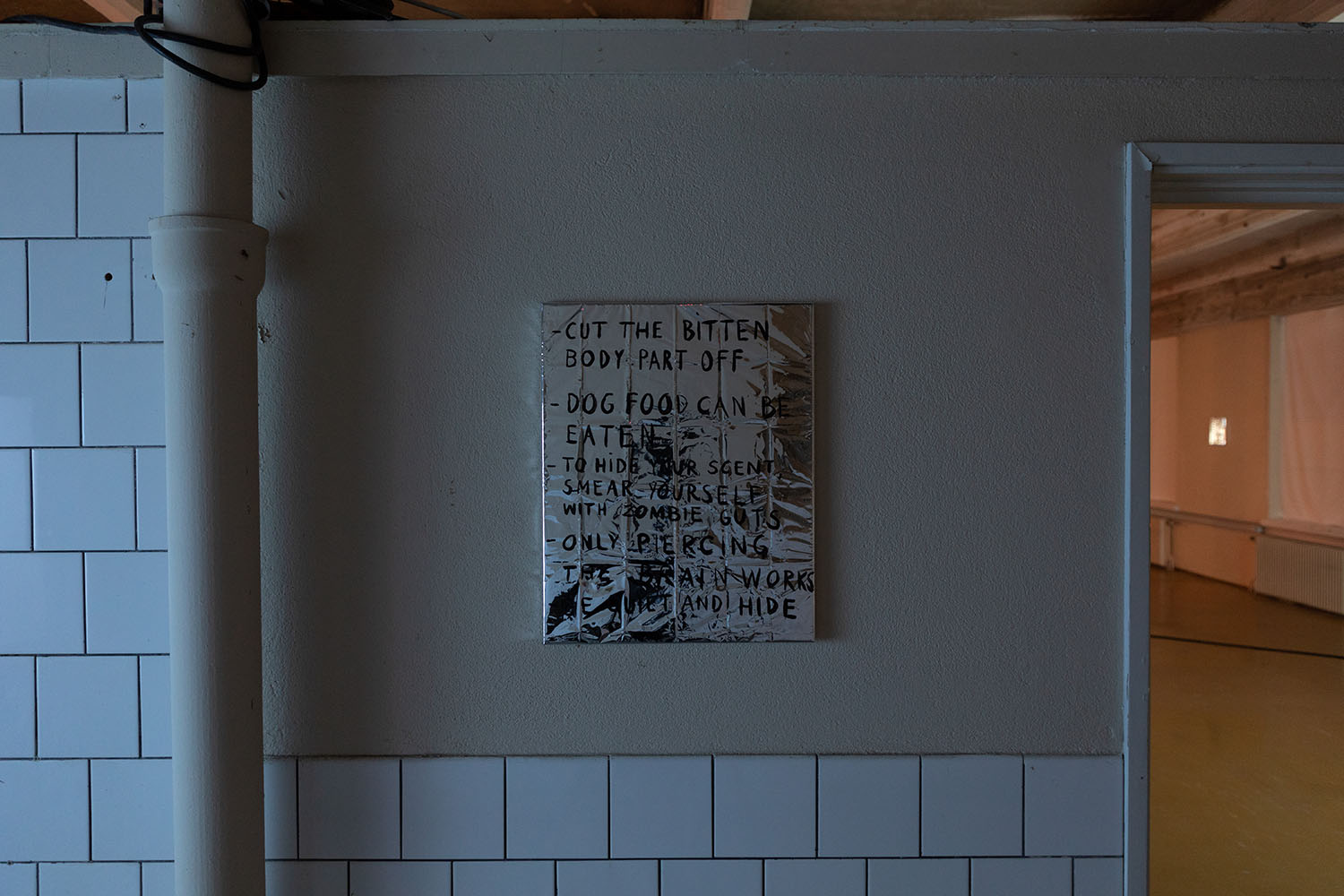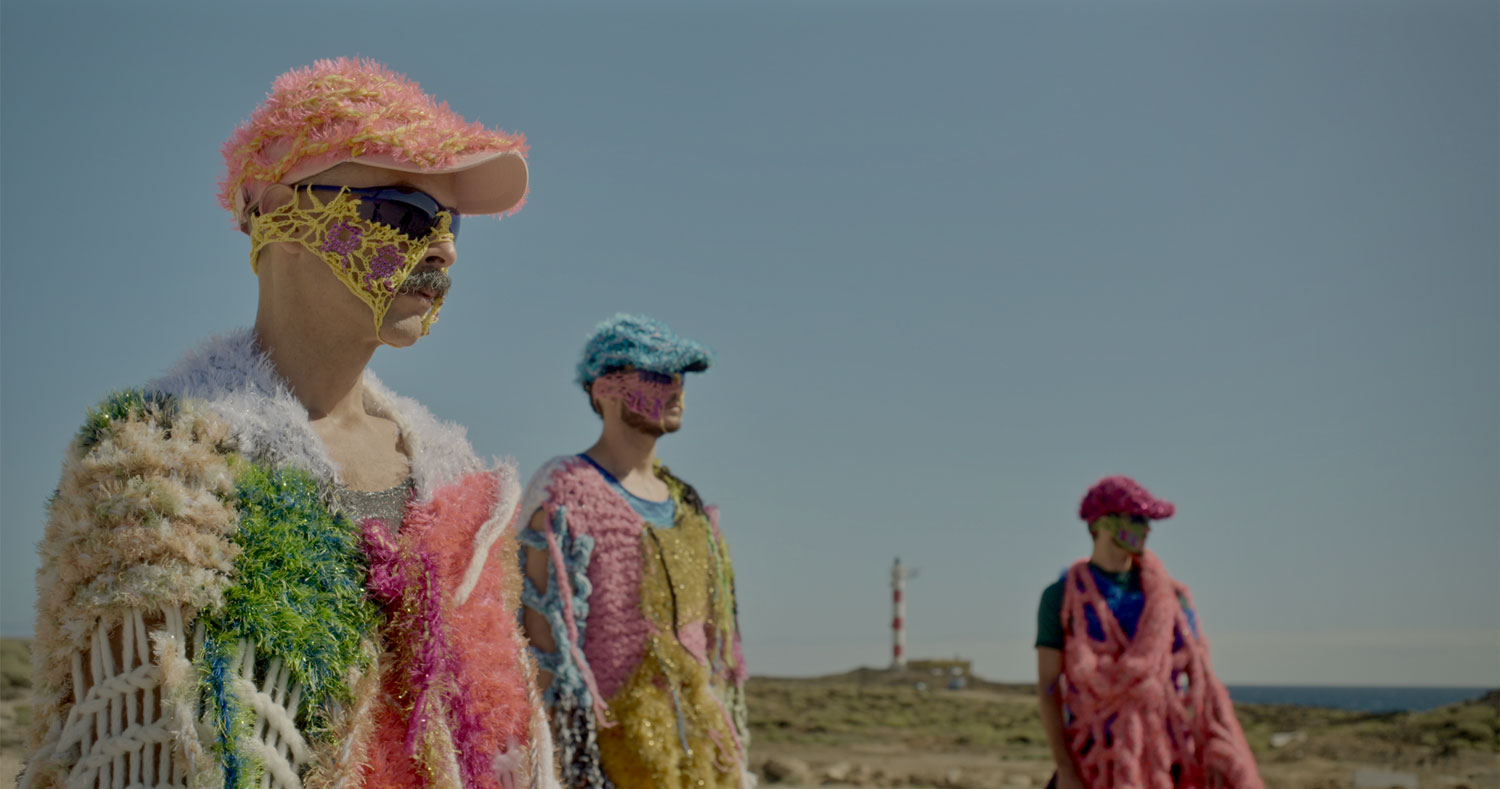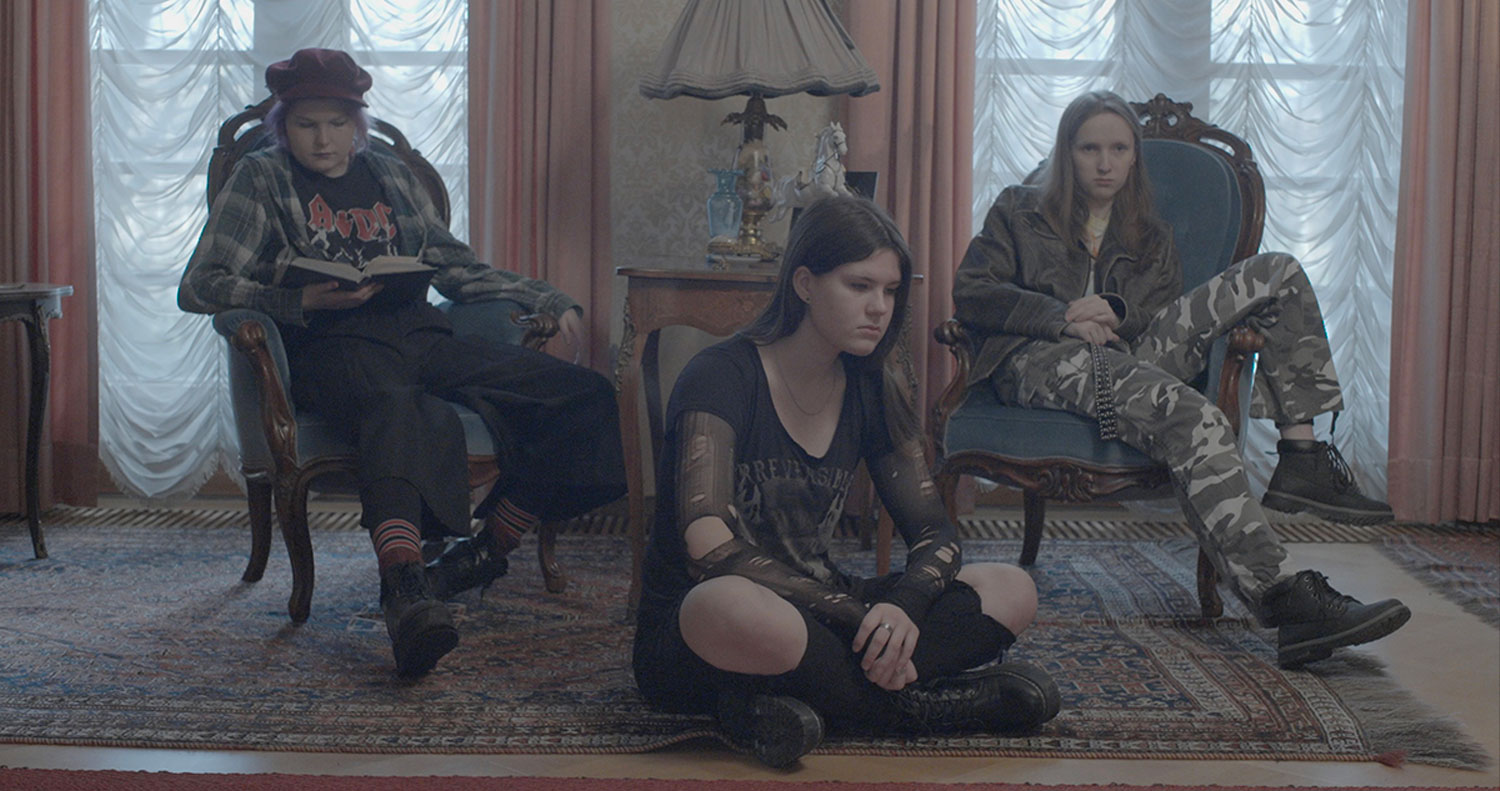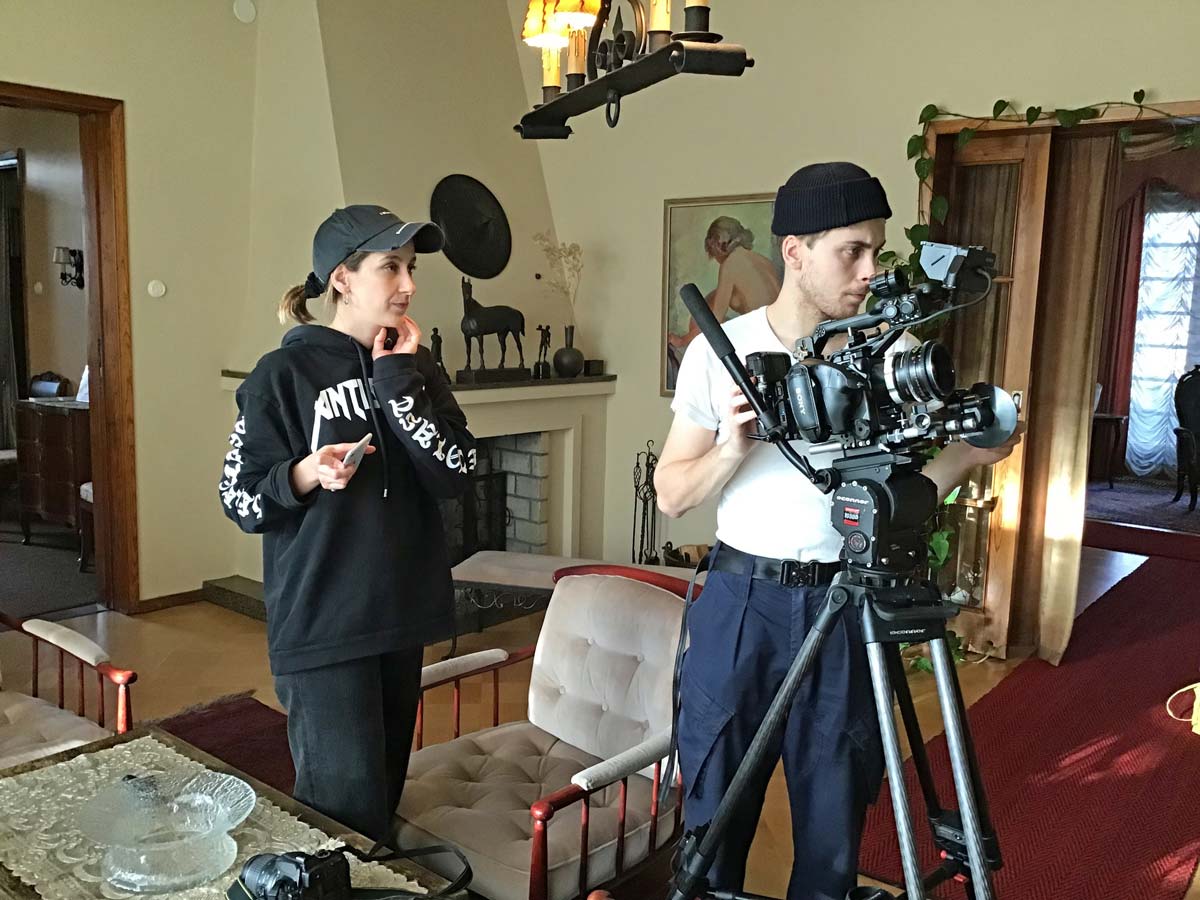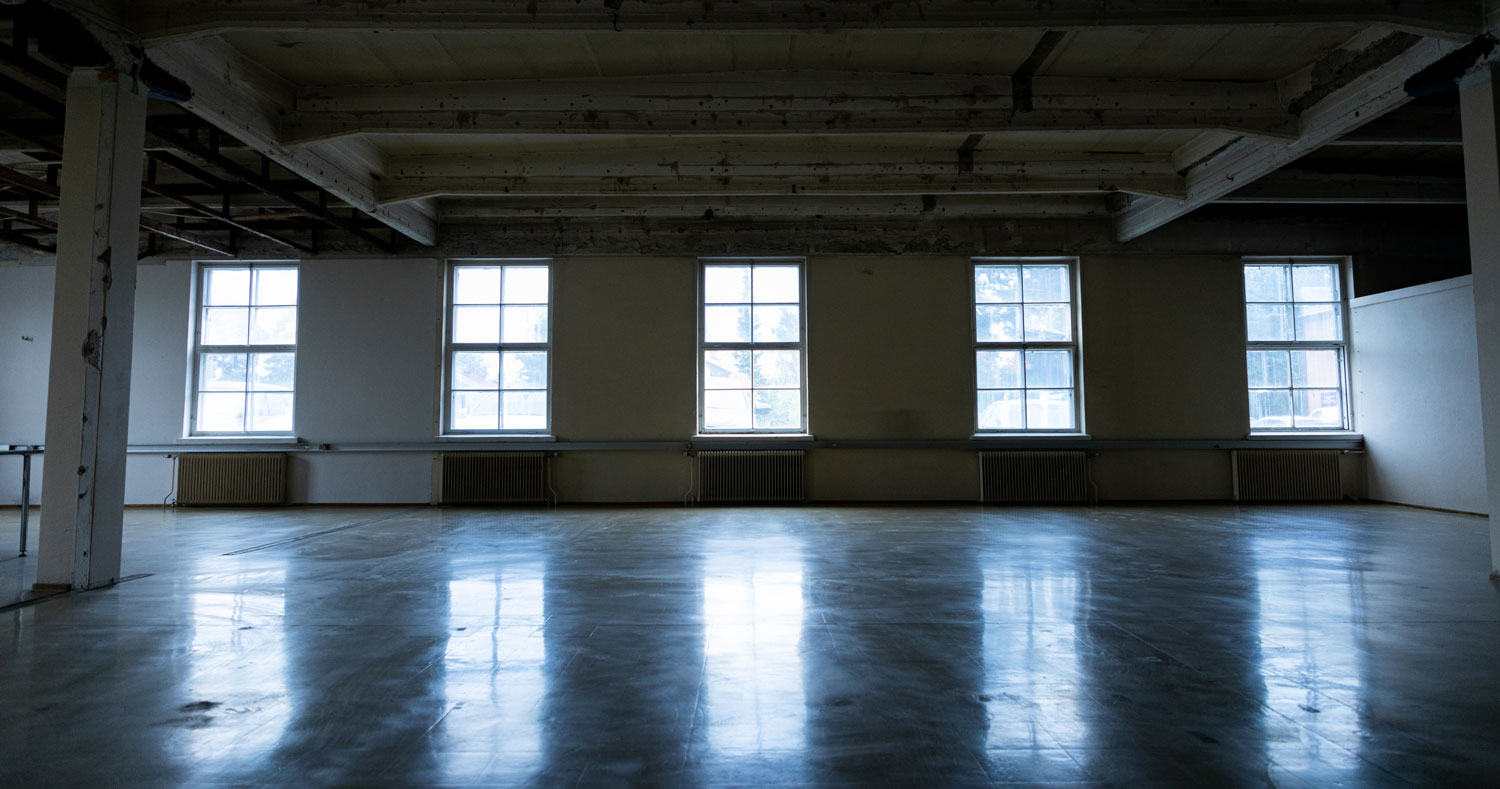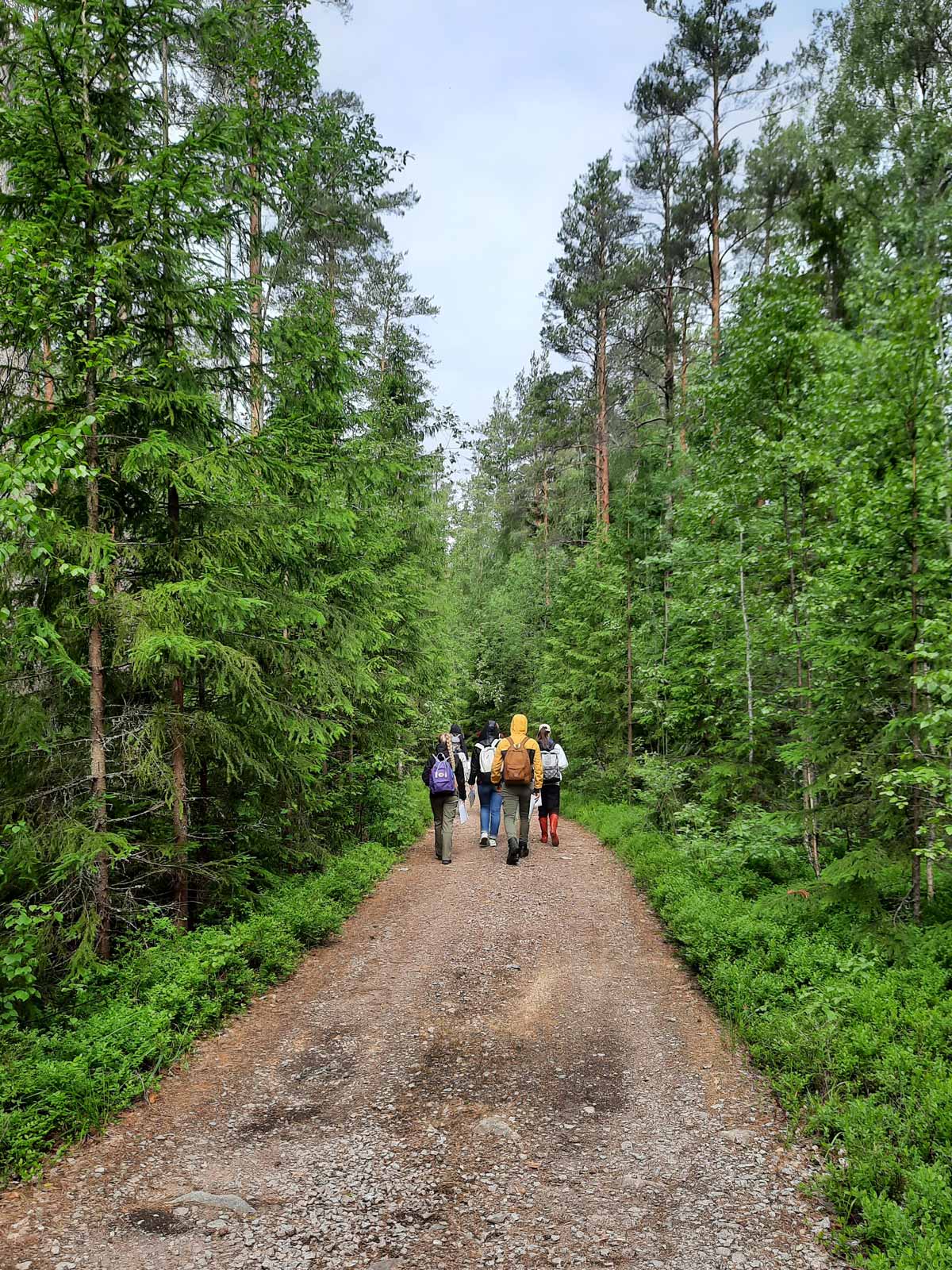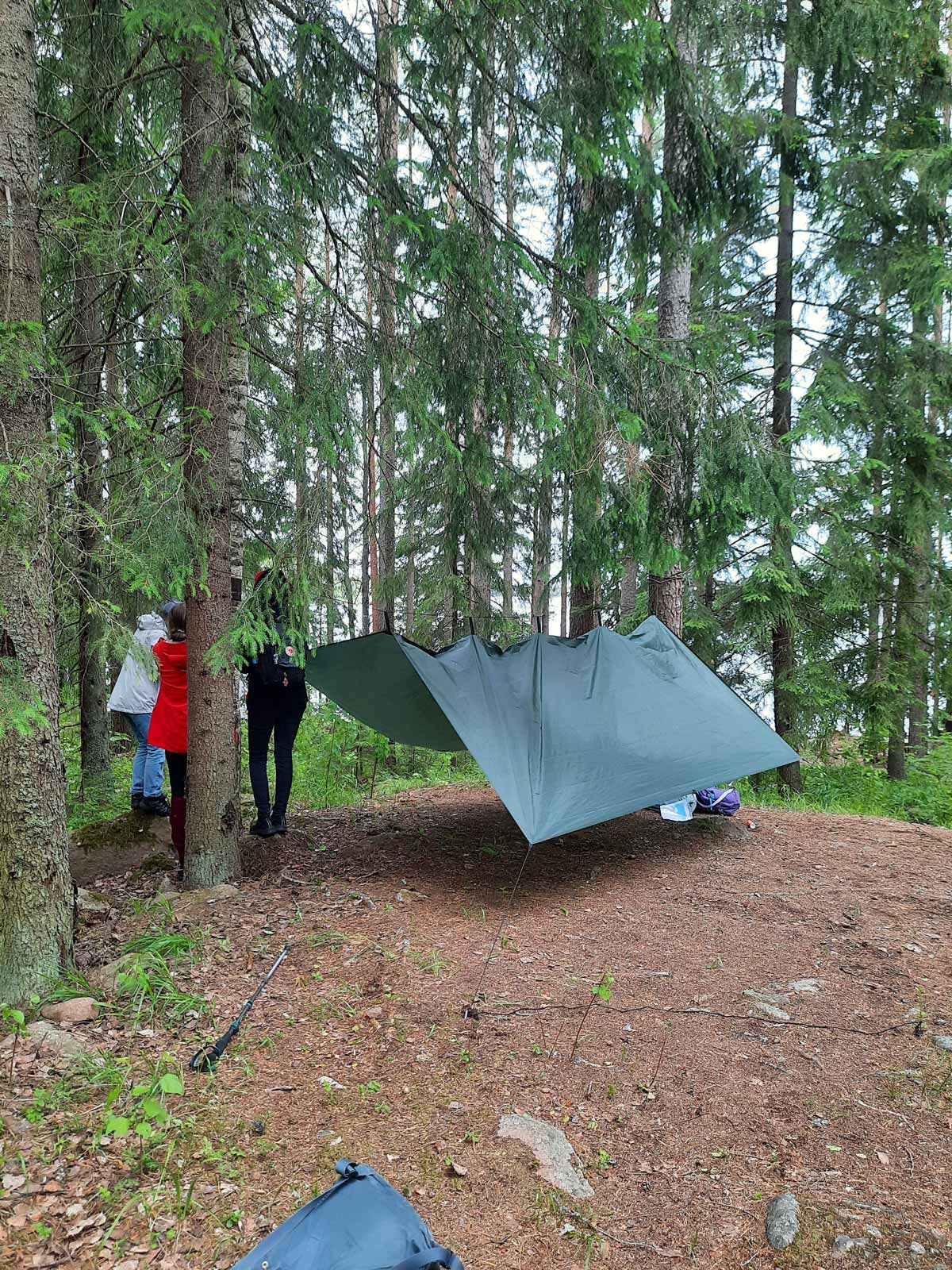Survival Guide for a Post-Apocalyptic Child is an intensive and immersive multi-disciplinary artwork combining digital media, text, and participatory engagement. Its final form is a multi-channel video installation that was exhibited in Rauma from 22 October to 4 December 2022.
The videos are in English. You can read their original texts here.
The work imagines and dreams potential futures. Consisting of 26 individual videos, the work presents various perspectives on life in the middle of some major change: emotional and practical ways to survive catastrophes, upheavals or crises. Viewers are invited to immerse themselves in the themes by projecting them on their own emotions or contemporary global crises. How can we prepare for the unknown? What things would be worth preserving in such a situation? What knowledge and memories would we want to pass on to future generations? What would society be like after such an irreversible turning point?
The 26 videos are set in unspecified times and places. The lingering imagery reflects Nastja Säde Rönkkö’s poetic texts that take their cue from the alphabet. Each video starts with a set of words beginning with a particular letter that lead the viewer into a piece comprised of text, images and sound. The texts range in style from gentle expressions of love to depictions of survival in a post-apocalyptic age, familiar from science fiction films or literature. Filled with longing for past experiences, events and people, the videos also feature concrete survival information, such as advice on nutrition or medicine.


